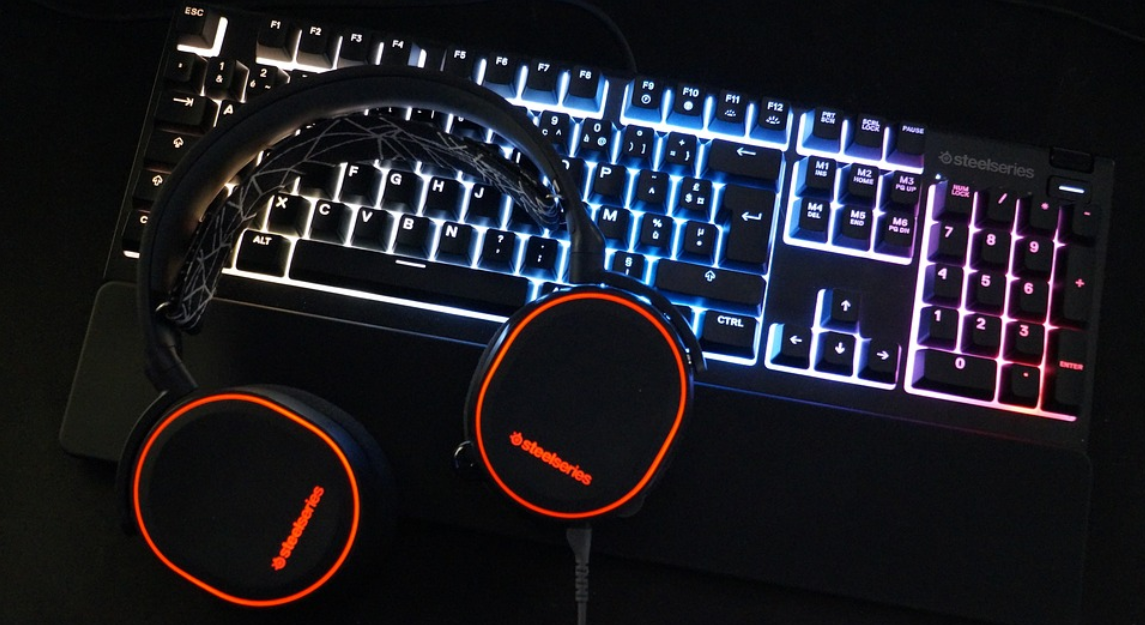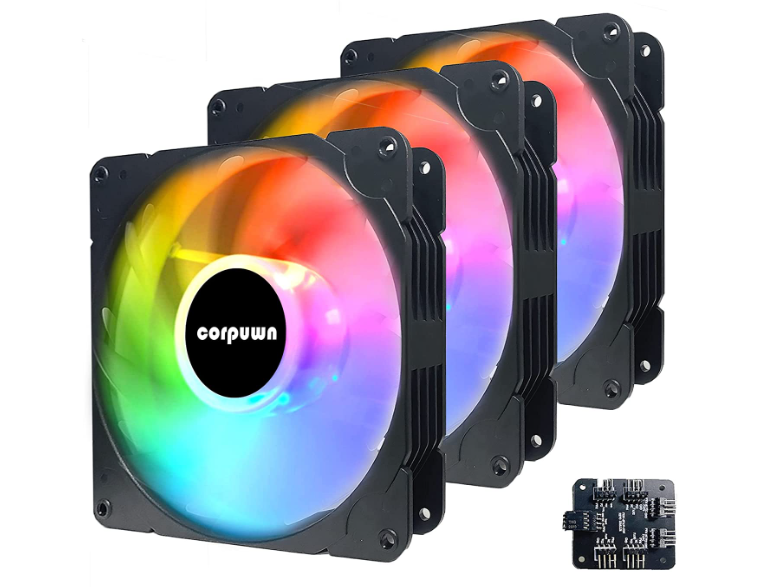It seems like there is no corner of the gaming PC world that doesn’t have some sort of flashing, pulsing, or otherwise colorful lighting.
Because there are so many different kinds of lighting, it’s not always easy to tell what each one is for.
In this article, we’ll compare two of the most popular options, RGB and ARGB, and discuss their respective benefits and drawbacks.
With the variety of lighting alternatives and the type of ways in which they are promoted, it can be difficult to distinguish between them.
In contrast to ARGB lighting, which allows each LED to be independently controlled, RGB lighting requires all LEDs to be the same color.
If you have a 50-LED LED strip and you want to make it into 50 different colors, you can achieve so with ARGB.
As a result, ARGB is more flexible and appealing as a color scheme for tweaking personal computers.
What is RGB?
Each individual LED on an RGB strip—and, in fact, nearly all screen-related lighting—uses these three primary colors since any color can be created by combining red, green, and blue.
LED strips and case fans that use RGB lighting must maintain a steady hue.

P.C: PIXABAY
You can customize the color of each LED in an RGB LED strip, but if you have 50 LEDs and want them to all be purple, they must all be purple simultaneously.
While RGB still allows for various lighting modes including strobing and a fade between colors, it lacks the versatility of ARGB, which allows for some truly stunning lighting effects.
RGB LED Connectivity
To keep things straightforward, we’ll only talk about what an LED “strip” does; if you see an RGB fan, the lighting mechanism is the same, but the fan may use a different type of proprietary communication.
For RGB LED strips, the vast majority of motherboards continue to use the industry-standard 4-pin 12v connector, which is typically located next to the nearly identical ARGB connector.
Depending on the model of motherboard you have, you may find that some, all, or none of these ports are present.
Other than RGB controllers on the motherboard, a button on the computer case, and a remote control, there are various ways to connect RGB or even ARGB.
What is ARGB?
ARGB’s “A” refers to the “Addressable” part of the acronym. With ARGB, you may independently control each LED in an LED strip, allowing you to create infinite color combinations.

This makes the ARGB strip significantly more versatile than the RGB version. ARGB is the most up-to-date option, and you can even find it in an SSD these days.
With the ability to individually control each LED, you can create all sorts of unique lighting effects, from spiral rainbows to watercolor washes and glitches.
ARGB Connectivity
A 3-pin 5v header, which is simply an RGB connector with one of the center pins removed, is the common connector used for attaching ARGB components or strips to most motherboards.
It’s crucial to distinguish between the two voltages, as plugging a flashy new 5v ARGB device into a standard 12v RGB header will render the latter useless and leave you in the dark. Literally.
They are typically labeled on the motherboard, making them difficult to misplace.
Quick Links:
- How To See Liked Instagram Posts On PC?
- How to Check if Laptop Fan is Working Properly?
- How To Remove Junk Files To Clean Up Your Computer?
Conclusion: ARGB vs RGB 2025
In conclusion, the choice between ARGB and RGB can make a significant difference in your digital designs.
Understanding the fundamental differences, including the added alpha channel in ARGB and potential file format limitations, allows you to tailor your design choices to achieve the desired visual outcome.
Color management is another crucial aspect to consider alongside these color models, ensuring a consistent experience across different devices and software.
Ultimately, both ARGB and RGB have their unique strengths and applications, and your ability to make informed decisions between them will serve to elevate your design skills and results.
